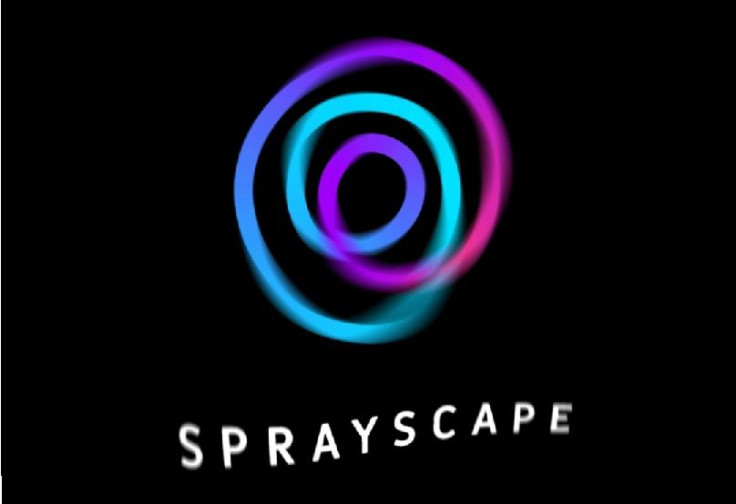New Google VR App ‘Sprayscape’ Offers Android Users ‘Perfectly Imperfect’ Experience

Google’s Android Experiments announced a new project on Wednesday: Sprayscape. It’s a VR camera app for Android devices and it offers more than what traditional VR apps provide. According to Google, they combined two things they love—virtual reality (VR) and taking pictures—and calls the app “perfectly imperfect.”
“Sprayscape is a quick hack using the phone’s gyroscope to take pictures on the inside of a 360-degree sphere,” writes Glenn Cochon, Google’s senior designer, in a blog post. “Just point your phone and tap the screen to spray faces, places, or anything else onto your canvas.”
Once the user has captured footage via the app, created in Unity with native Android support, they can save their “scape.” Saving the creation stores a flat panorama image in the app data, according to Google.
They can also share their creations through a link. Those with access to the link can experience the user-created landscape and look through using their device or Google Cardboard—the company’s budget-friendly fold-out cardboard VR headset and first virtual reality product. Experiencing a scape takes the flat image and “wraps it to a sphere” so that it is “navigable on mobile web” when the viewer pans, tils and moves it on their device.
“Sprayscape maps the camera feed on a 360 degree sphere, using the Cardboard SDK to handle gyroscope data and the NatCam Unity plugin for precise camera control,” says Google.
Earlier this month, Google unveiled a new VR headset, called the “ Daydream View ,” and a wand controller. The headset-and-controller combo requires a smartphone to work and synchronizes wirelessly. It promises users a better optic experience.
“With Daydream, you simply pop a Daydream-ready phone in the headset to start exploring,” writes Clay Bavor, head of Google’s VR team, in a blog post . “Powered by Android 7.0 Nougat, Daydream-ready phones are built with high-resolution displays, powerful mobile processors and high-fidelity sensors—all tuned to support great VR experiences. Google’s newest Pixel and Pixel XL are the first Daydream-ready phones, and there are a lot more on the way from leading Android smartphone makers.”
© Copyright IBTimes 2024. All rights reserved.






















